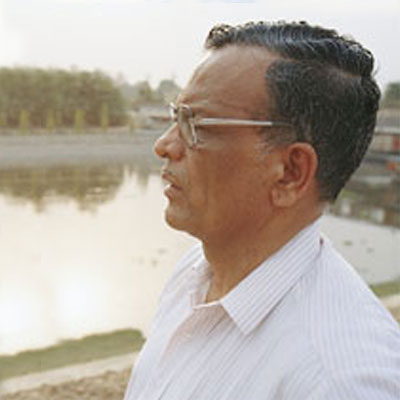1993: Madhav Atmaram Chitale, India
Dr. Madhav Atmaram Chitale has played a major role in getting India’s decision makers and strategic planners to think of water as a resource whose quality and availability need to be safeguarded.

Moreover, he has increased public awareness, above all in the 1980s when he introduced an annual, nationwide Water Resources Day. A different theme is chosen for the day each year. These information campaigns have influenced neighbouring countries in South Asia.
But Chitale was already hard at work back in the 1960s. He was frequently to be found in various parts of the country, and his family always went along and lived out in the field with him. In 1961 the dams at Panshet and Khadakwasala collapsed, leaving the people of the nearby city of Pune without water. Dr. Chitale energetically participated in the efforts to restore the water supply in a short space of time, an achievement that earned him considerable renown.
In the mid-1960s a World Bank project was planned to supply the giant city of Bombay with drinking water, carrying it 60 kilometres from a reservoir in closed pipelines. Chitale managed to get the plan changed to involve irrigation canals, and a hydropower station and under-stream tunnels. When the scheme was completed, two billion litres of water could be pumped to Bombay every day, and people and farms over an area of 250 square kilometres between the reservoir and the city gained access to drinking water and irrigation, and the turbines provide cheap electricity.
The Yamuna, for instance, a major tributary of the Ganges, has been redirected by human labour into a branching system of artificial channels, which, down to their finest capillaries, irrigate verdant cropland to the east of the capital New Delhi.